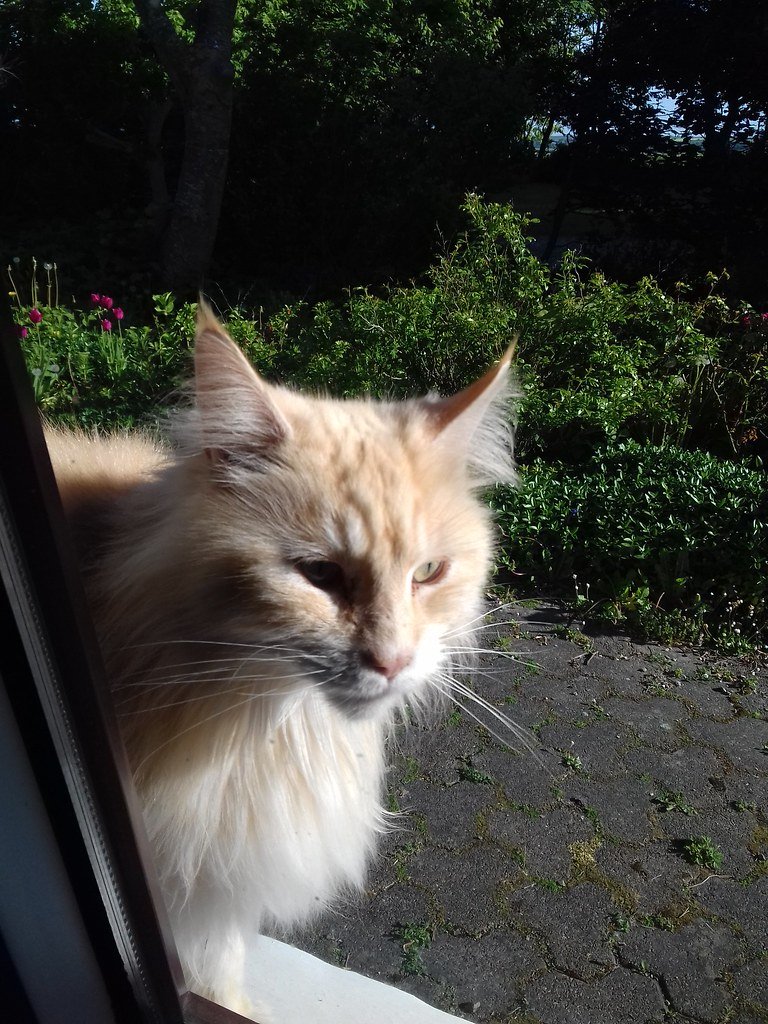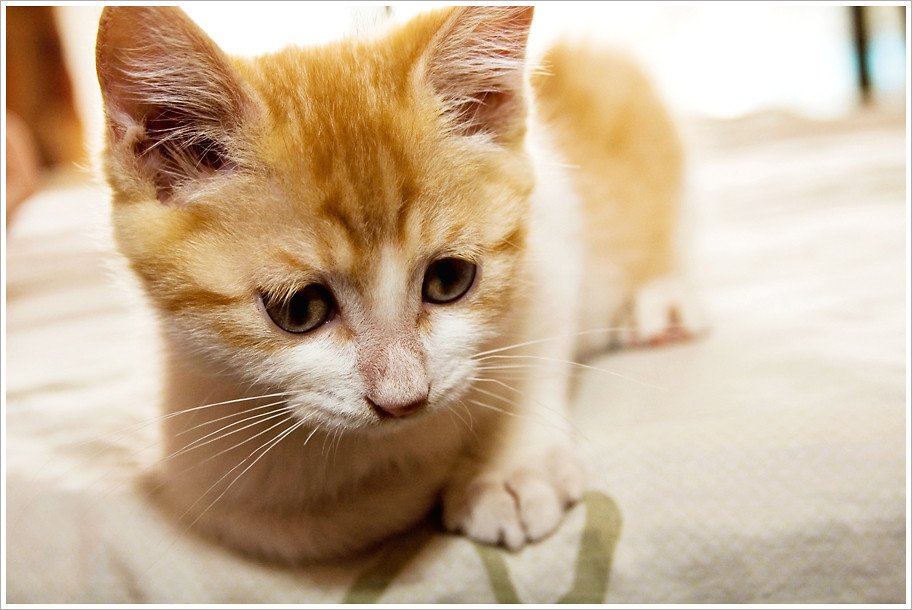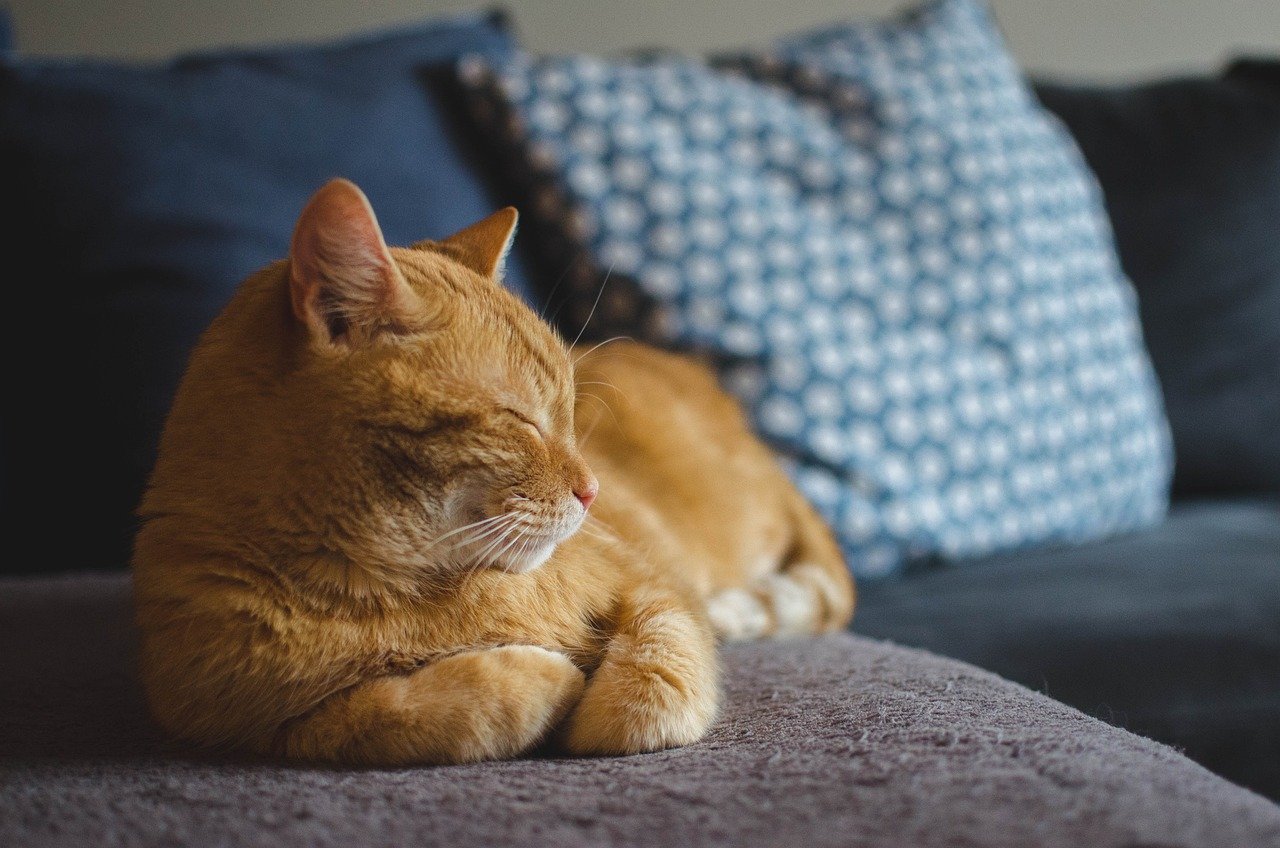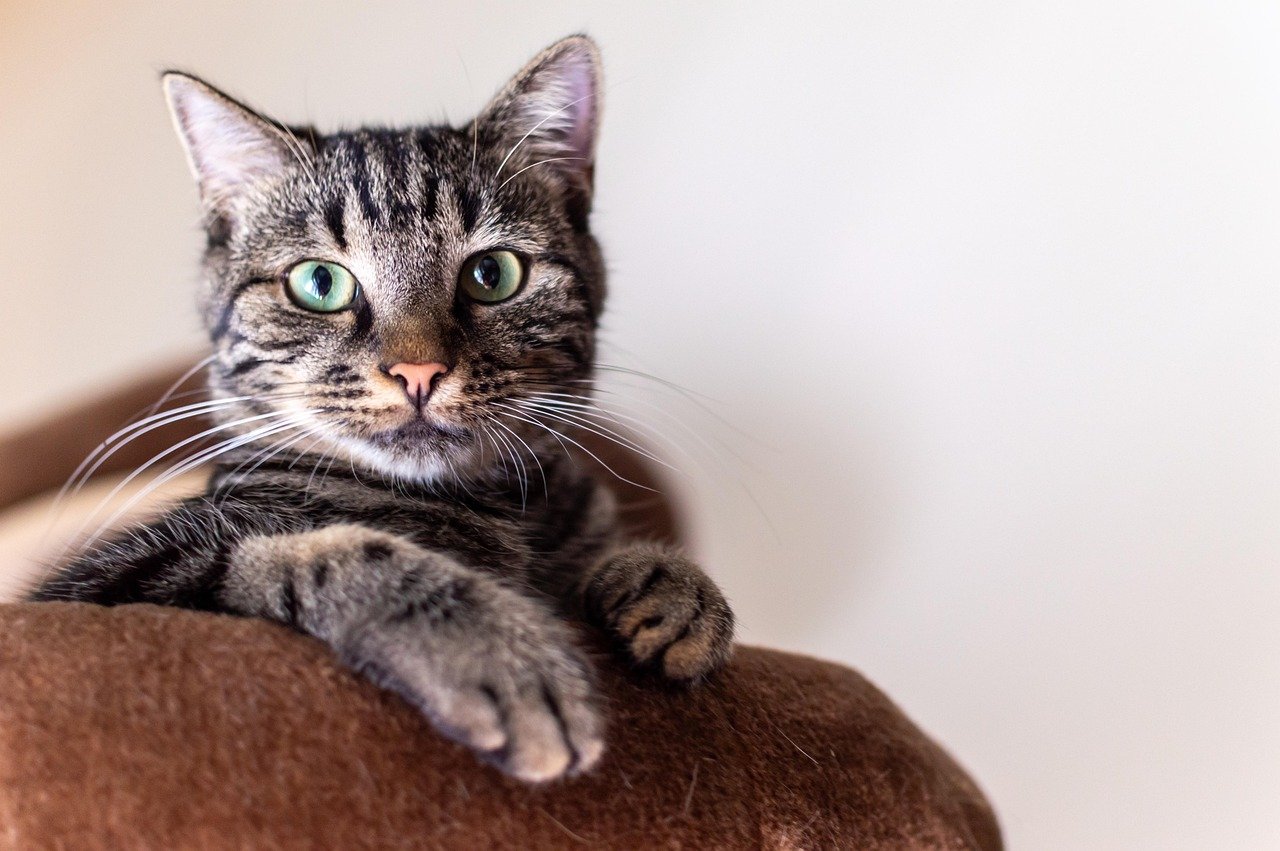Smilodon: The Saber-Toothed Terror With a Crushing Bite

You’ve probably seen those massive curved teeth in movies, but what you might not know is that Smilodon’s jaw was built like a bone-crushing machine. These prehistoric cats had jaw muscles so powerful they could generate twice the bite force of modern lions. Their lower jaw could open to an incredible 120 degrees – that’s wider than any cat alive today.
The real shocker? Those famous saber teeth weren’t just for show. They were perfectly designed to slice through thick hide and reach vital organs with surgical precision. Imagine a cat that could literally bite through a buffalo’s neck in one swift motion.
Machairodus: The Original Saber-Tooth With Serrated Killing Tools

Before Smilodon ruled the prehistoric world, Machairodus was already perfecting the art of saber-tooth warfare. These cats had something modern predators lack entirely – serrated edges on their canine teeth, like built-in steak knives. Their jaw structure was so unique that paleontologists initially thought they belonged to a completely different animal family.
What made them truly terrifying was their ability to lock their lower jaw in place while delivering a killing bite. This gave them incredible stability when taking down prey three times their size. Think of it as nature’s first precision hunting tool.
Homotherium: The Scimitar Cat With Switchblade Teeth

Homotherium earned its nickname “scimitar cat” for good reason – their curved saber teeth looked like ancient curved swords. But here’s what sets them apart: their jaw joint was positioned much higher than any modern cat, giving them a completely different biting angle. This allowed them to deliver devastating downward strikes that could penetrate the thickest mammoth hide.
These cats had what scientists call a “guillotine bite” – once they clamped down, there was no escape. Their jaw muscles were so specialized that they could maintain crushing pressure for extended periods without fatigue.
Dinofelis: The False Saber-Tooth With a Surprise Weapon

Don’t let the name fool you – Dinofelis wasn’t actually a saber-toothed cat, but their jaw structure was arguably more frightening. They had massive, conical canine teeth that worked like ice picks, designed to puncture and hold rather than slice. Their jaw was built for one thing: delivering a bone-crushing bite that could crack open skulls.
What made them unique was their ability to adjust their bite pressure mid-attack. They could start with a gentle grip and gradually increase the force until their prey’s bones literally exploded under the pressure. It’s like having a hydraulic press for a mouth.
Xenosmilus: The Cookie-Cutter Cat With Razor-Sharp Precision

Xenosmilus had perhaps the most unusual jaw structure of any prehistoric cat – their teeth were shaped like cookie cutters, designed to slice perfect circular wounds. Their jaw muscles were arranged in a way that modern cats simply don’t possess, allowing them to deliver precise, surgical strikes. Each bite left a distinctive mark that paleontologists can still identify in fossilized bones today.
These cats were essentially living surgical instruments. Their jaw structure allowed them to make clean cuts through muscle and bone with minimal effort, like nature’s own medical scalpel.
Megantereon: The Compact Killer With Oversized Weapons

Megantereon was relatively small compared to other saber-toothed cats, but their jaw structure was absolutely massive in proportion to their body size. Their skull was dominated by enormous jaw muscles that gave them a bite force that defied their compact frame. These cats had what scientists call “mechanical advantage” – their jaw design multiplied their biting power by a factor of three.
Picture a house cat with the jaw strength of a grizzly bear, and you’re getting close to understanding Megantereon’s incredible power-to-size ratio. Their jaw joints were reinforced with extra bone to handle the tremendous forces they generated.
Barbourofelis: The Nimravid With a Jaw That Opened Like a Snake

Barbourofelis had one of the most extreme jaw modifications ever discovered in a cat-like predator. Their lower jaw could unhinge and drop down almost 90 degrees, similar to how a snake opens its mouth. This allowed them to accommodate their absolutely massive saber teeth while still being able to close their mouth completely.
What’s mind-blowing is that their jaw muscles were arranged in layers, like a complex pulley system. This gave them incredible control over their bite, allowing them to grab and manipulate prey with surprising delicacy despite their fearsome weapons.
Thylacosmilus: The Marsupial Mimic With a Jaw That Never Stopped Growing

Here’s where things get really weird – Thylacosmilus wasn’t even a real cat, but a marsupial that evolved to look exactly like a saber-toothed cat. Their jaw structure was completely different from any true cat, with saber teeth that grew continuously throughout their lives. Their lower jaw had special sheaths that protected and sharpened their ever-growing weapons.
Unlike true cats, their jaw muscles were arranged more like a kangaroo’s, giving them a unique biting motion that was part chomp, part scissor cut. It’s like evolution played a cruel joke, creating a perfect cat mimic from completely different building blocks.
Eusmilus: The European Precision Predator With Fluted Fangs

Eusmilus had something no other prehistoric cat possessed – fluted saber teeth with deep grooves running along their length. These grooves weren’t just decorative; they were functional channels that helped blood flow away from wounds, preventing clotting and ensuring their prey would bleed out quickly. Their jaw structure was perfectly adapted to support these specialized killing tools.
Their jaw joints were reinforced with extra cartilage and bone, creating a shock-absorption system that protected their skull from the tremendous forces generated during attacks. Think of it as nature’s first suspension system for a predator’s mouth.
The Legacy of Prehistoric Jaw Engineering

These nine prehistoric cats represent millions of years of evolutionary experimentation with jaw design and tooth structure. Each species developed unique solutions to the same basic problem: how to kill large prey efficiently. Their jaw structures were so specialized that nothing alive today even comes close to matching their incredible adaptations.
Modern cats are impressive predators, but they’re essentially using stone-age technology compared to these prehistoric killing machines. These ancient cats pushed the boundaries of what’s possible in mammalian jaw design, creating structures so extreme that they seem almost alien by today’s standards.
Which of these prehistoric jaw designs surprises you the most – the hydraulic precision of Dinofelis or the continuously growing weapons of Thylacosmilus?
Hi, I’m Bola, a passionate writer and creative strategist with a knack for crafting compelling content that educates, inspires, and connects. Over the years, I’ve honed my skills across various writing fields, including content creation, copywriting, online course development, and video scriptwriting.
When I’m not at my desk, you’ll find me exploring new ideas, reading books, or brainstorming creative ways to solve challenges. I believe that words have the power to transform, and I’m here to help you leverage that power for success.
Thanks for stopping by, Keep coming to this website to checkout new articles form me. You’d always love it!






